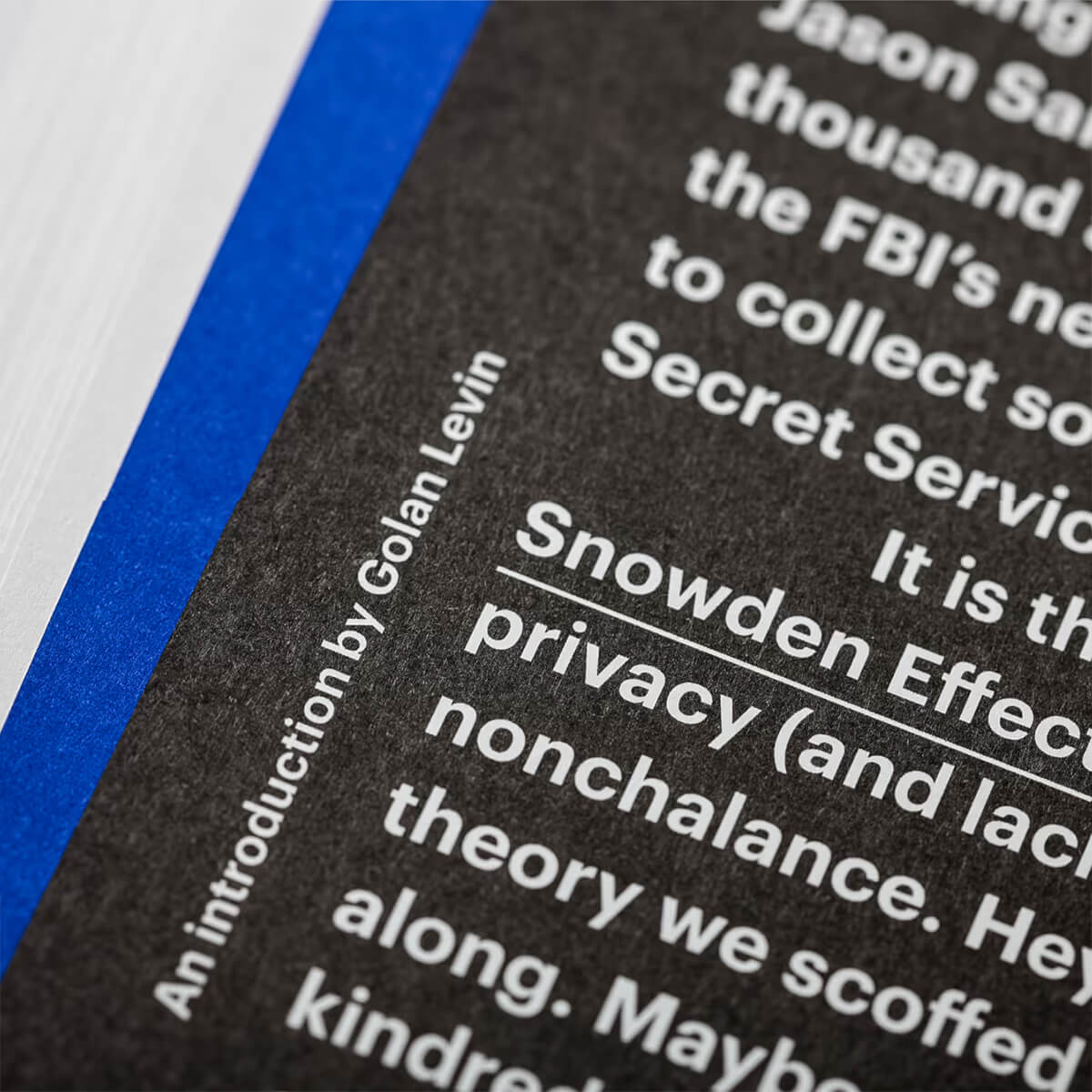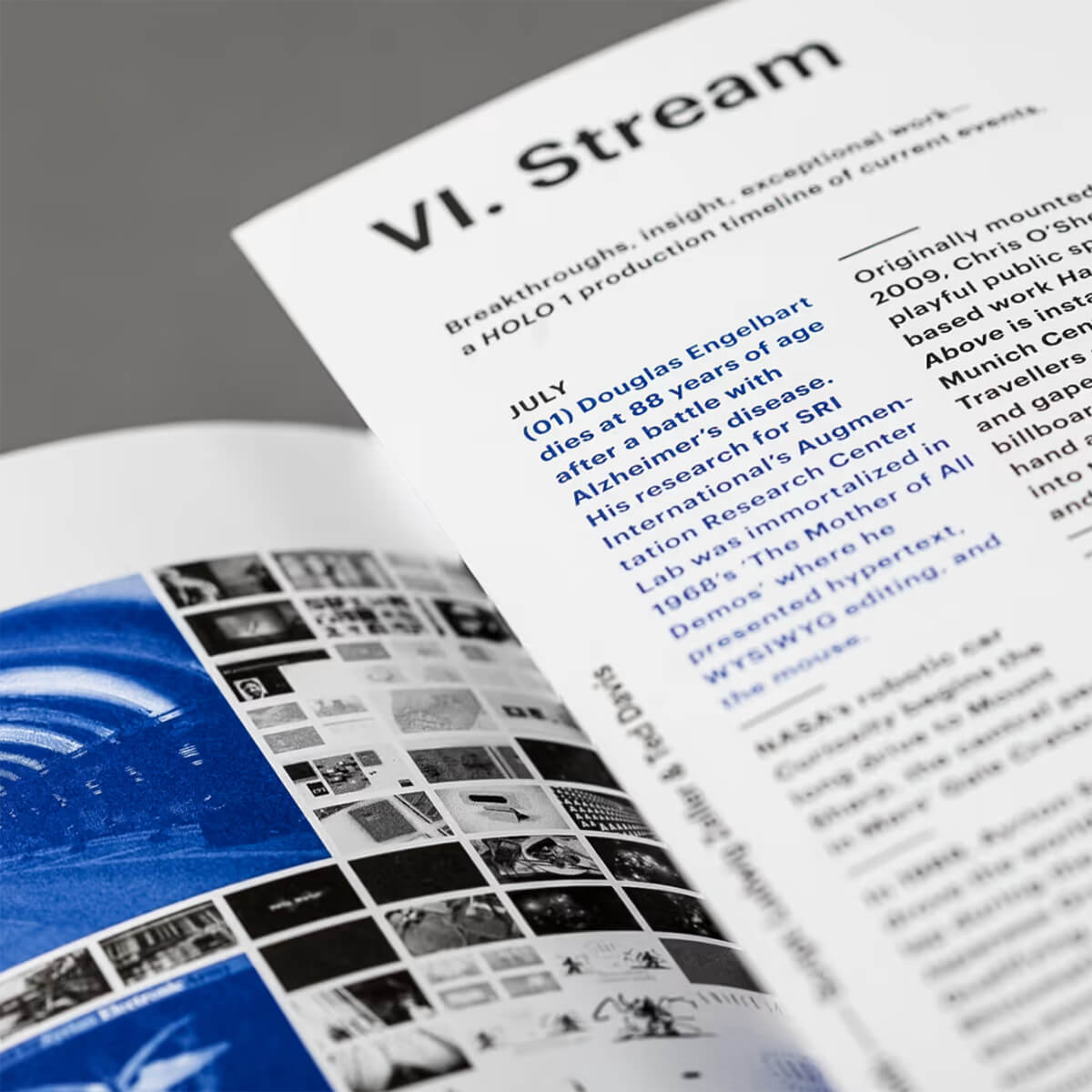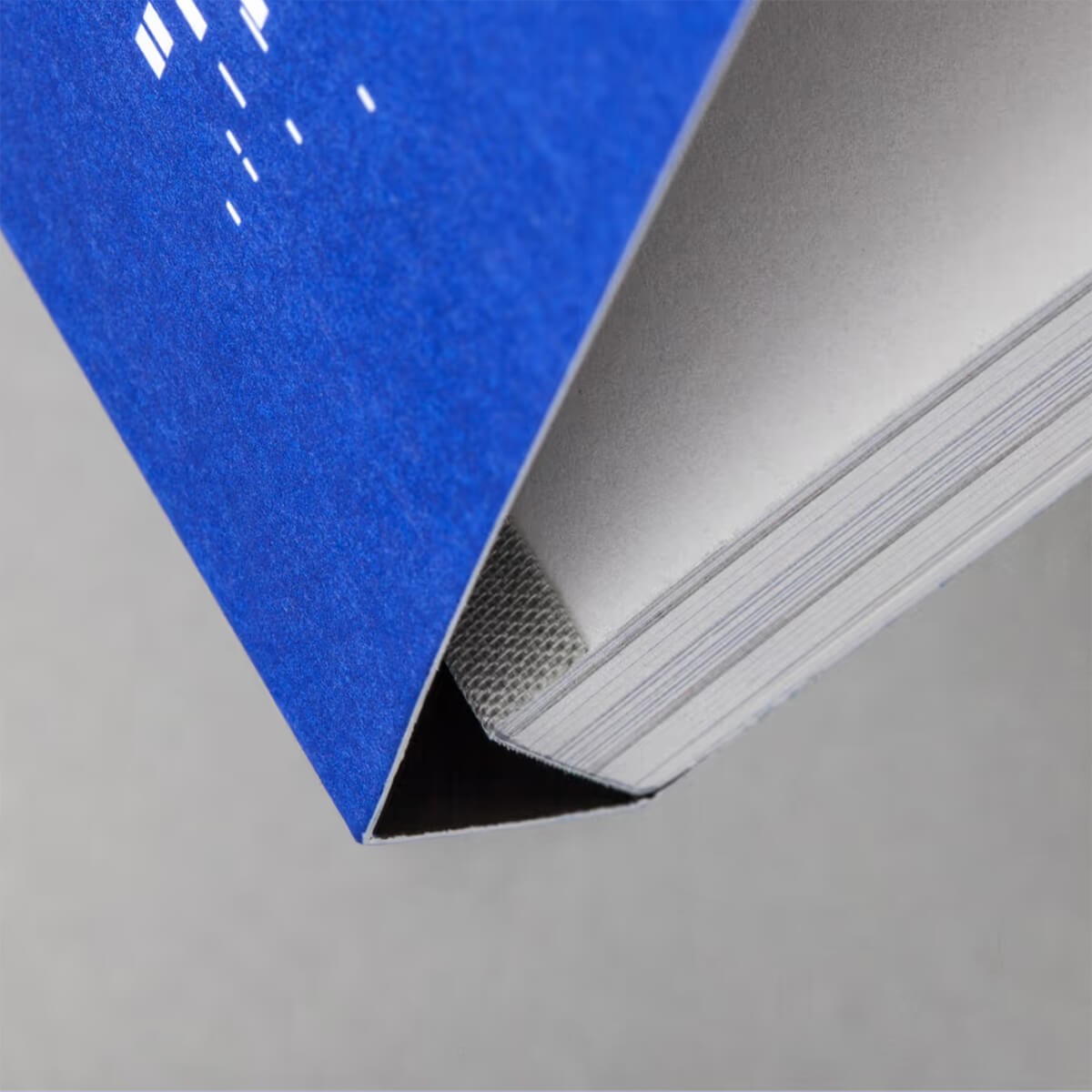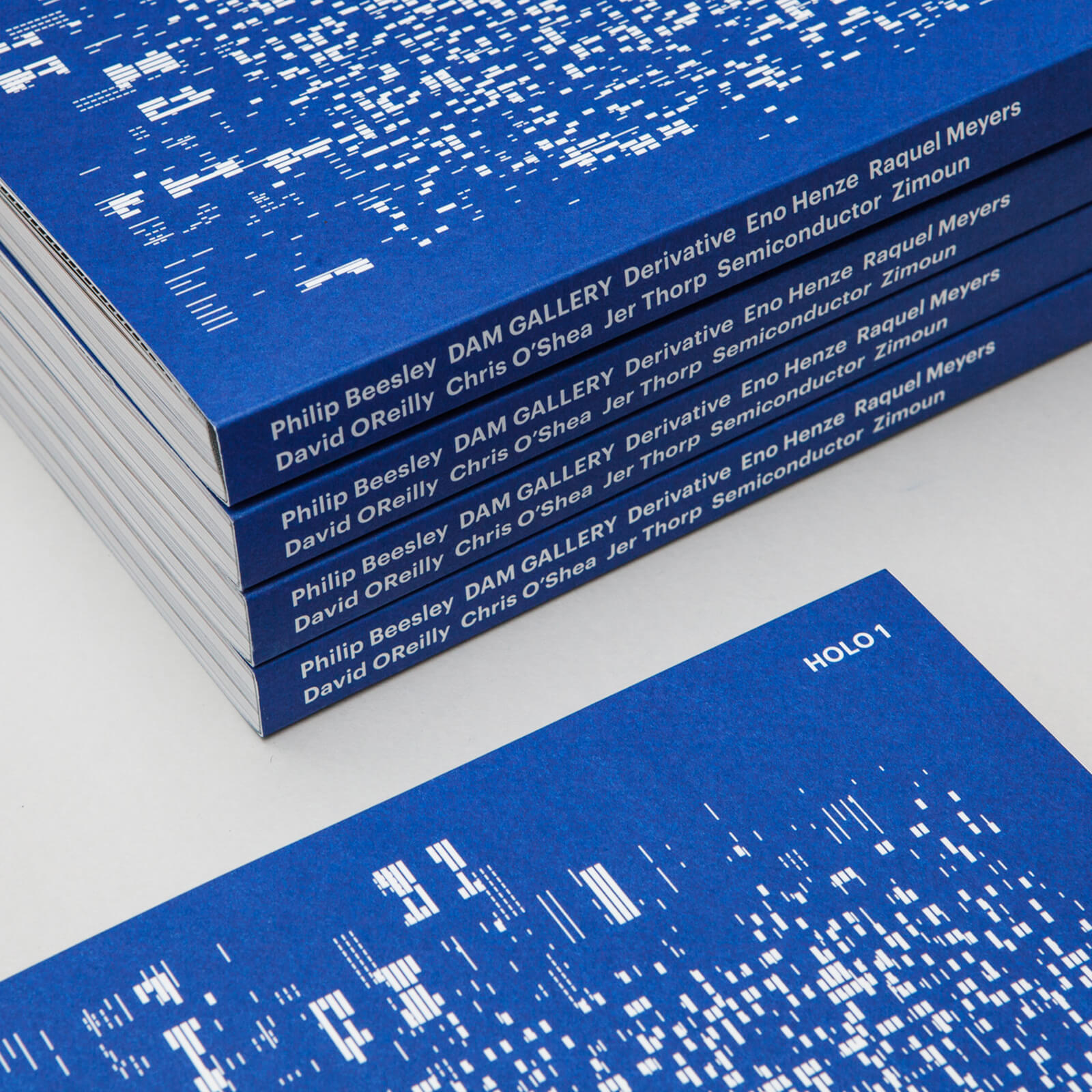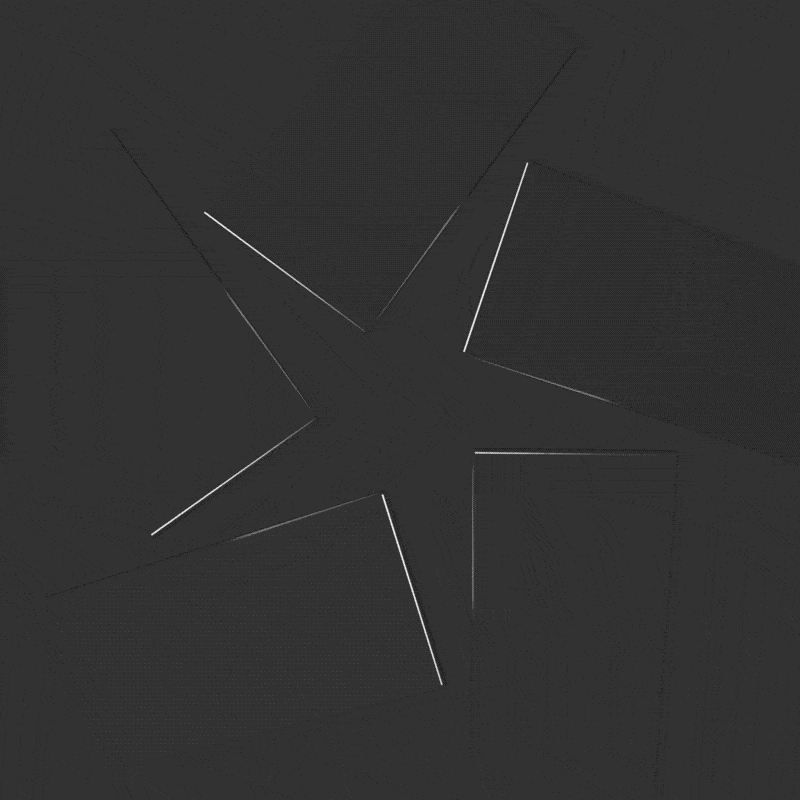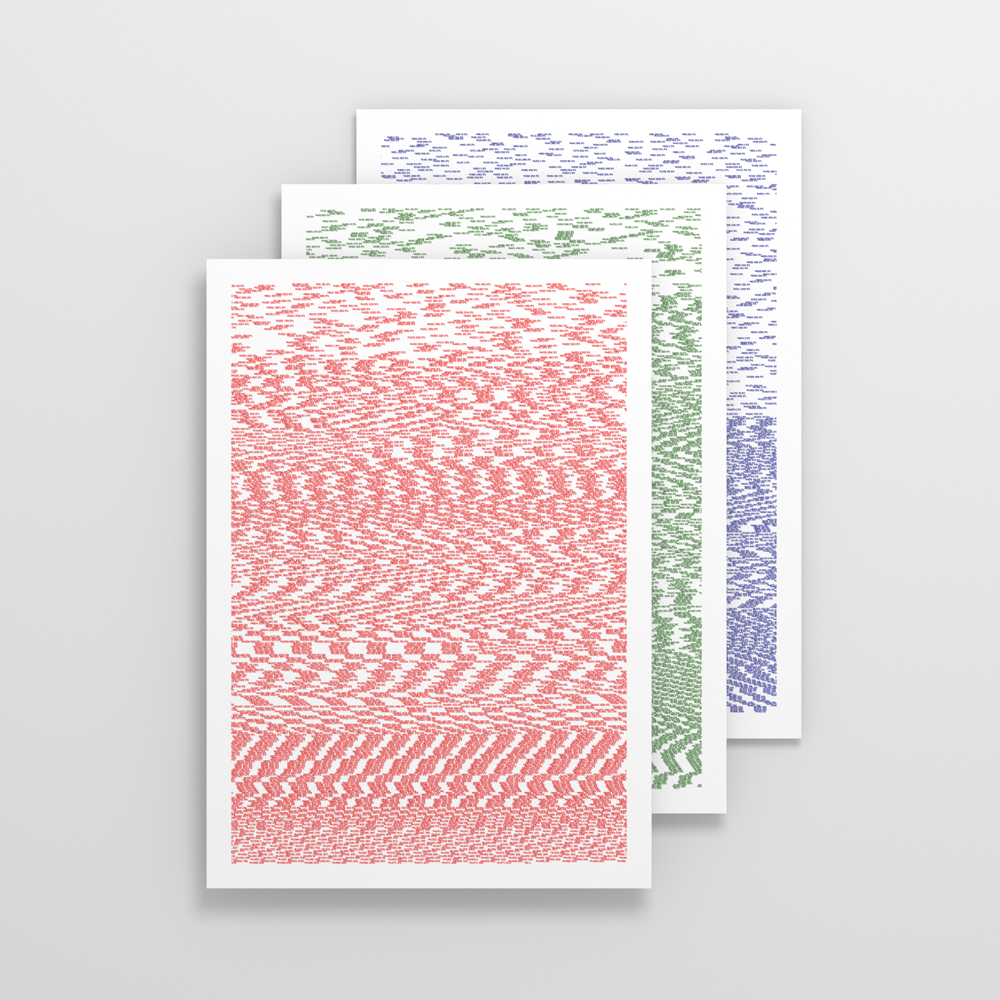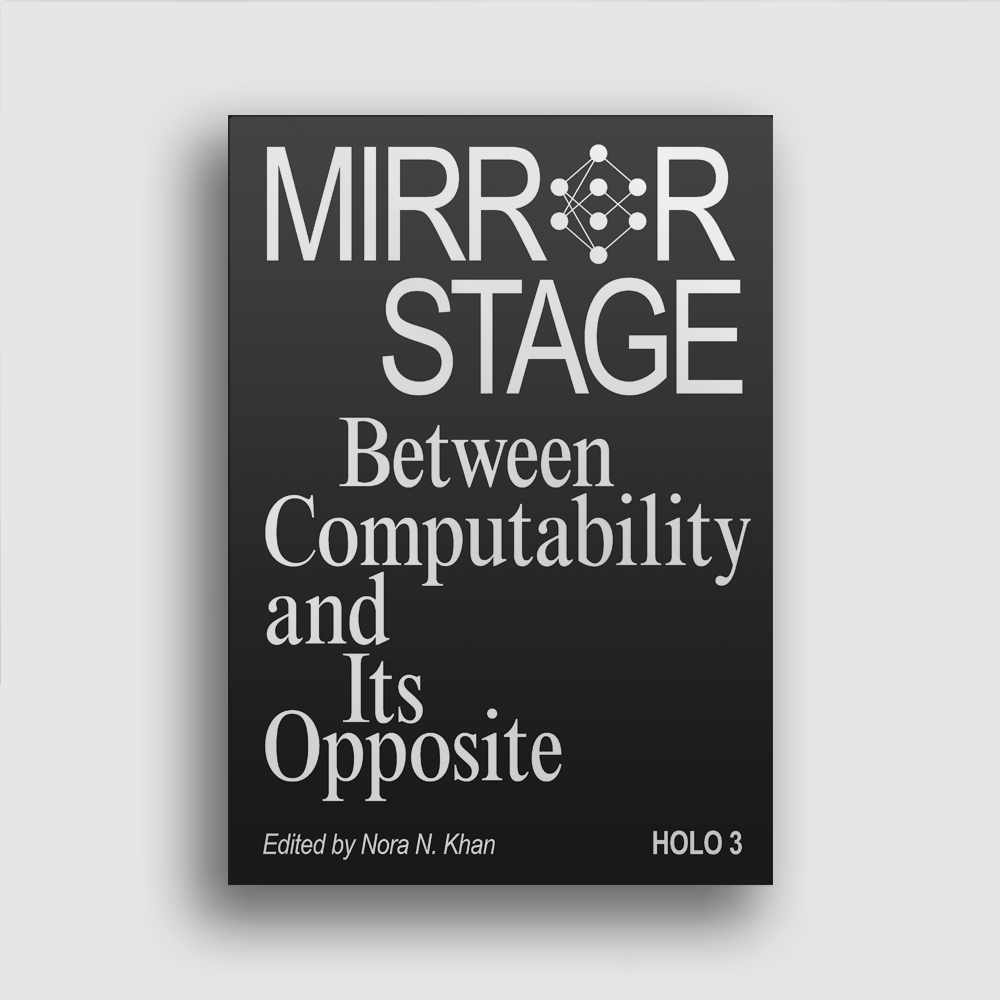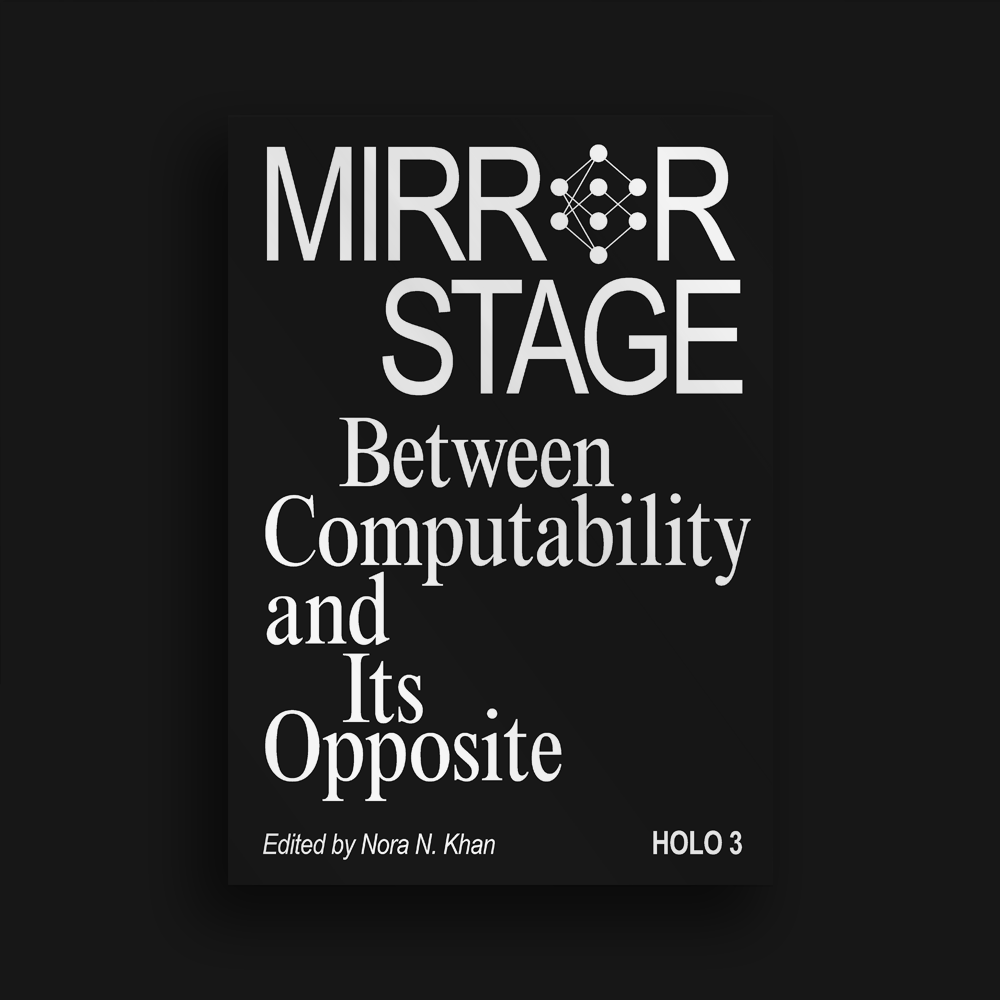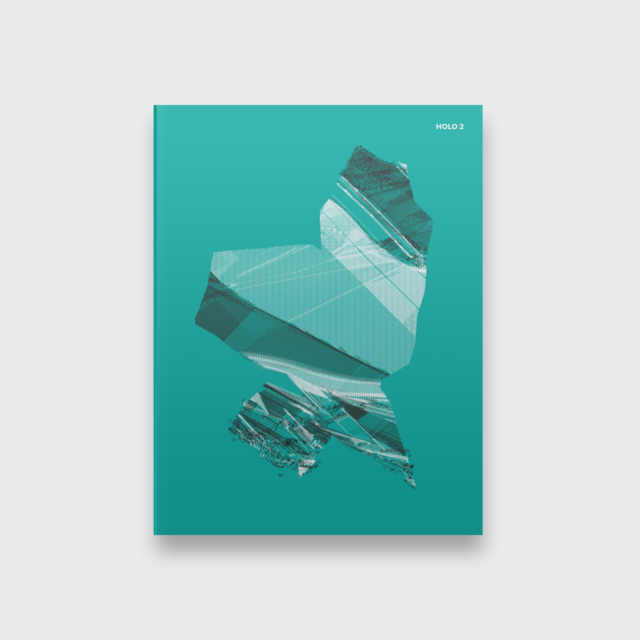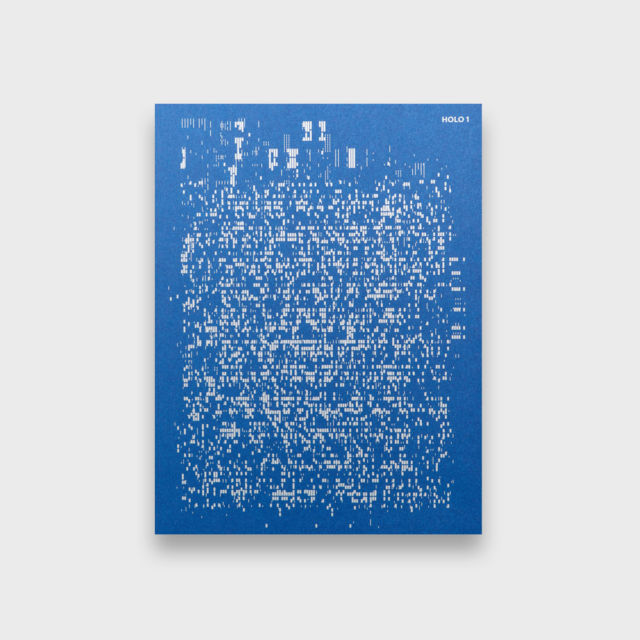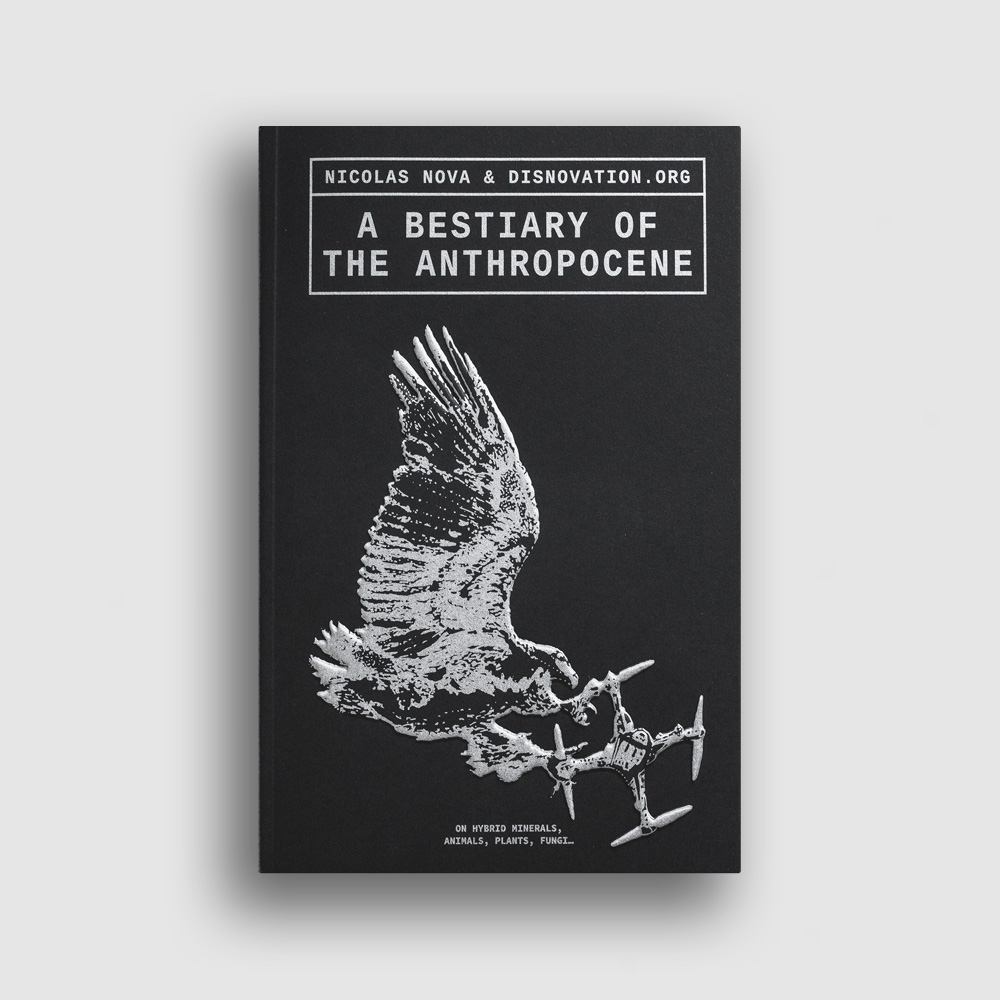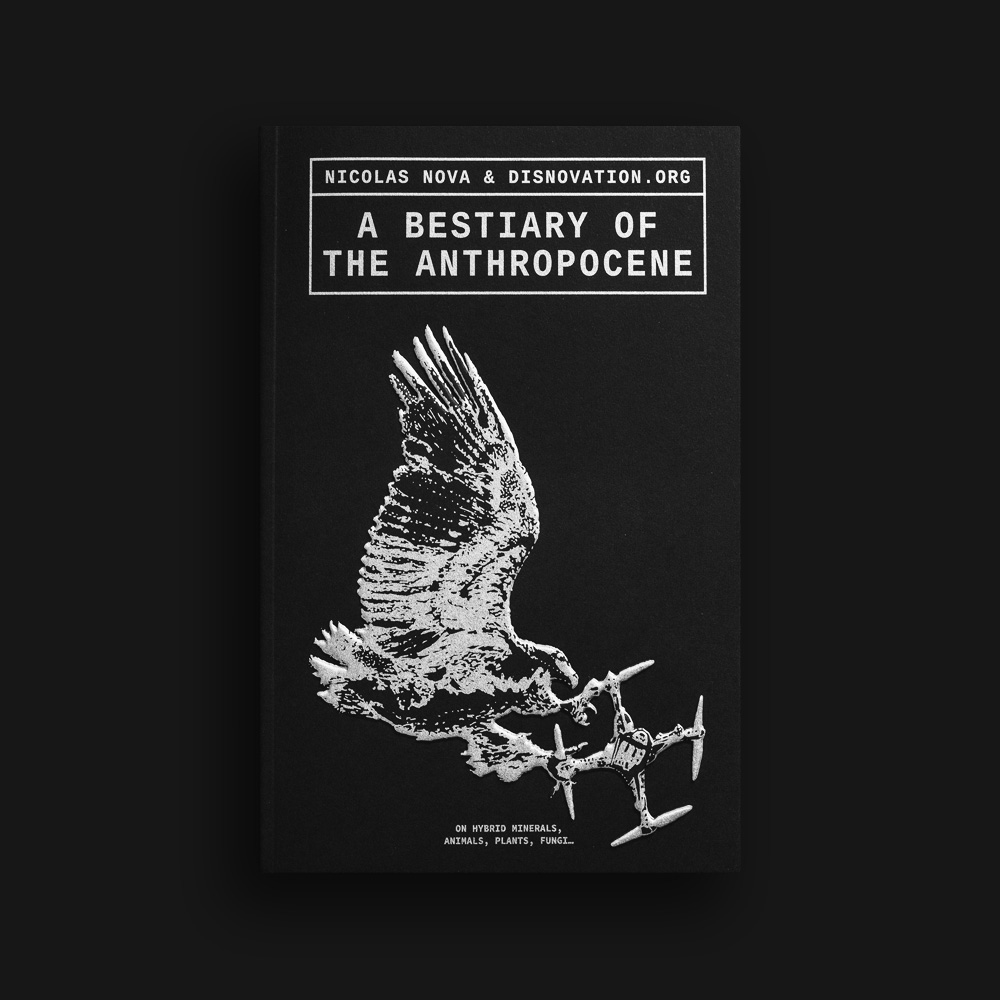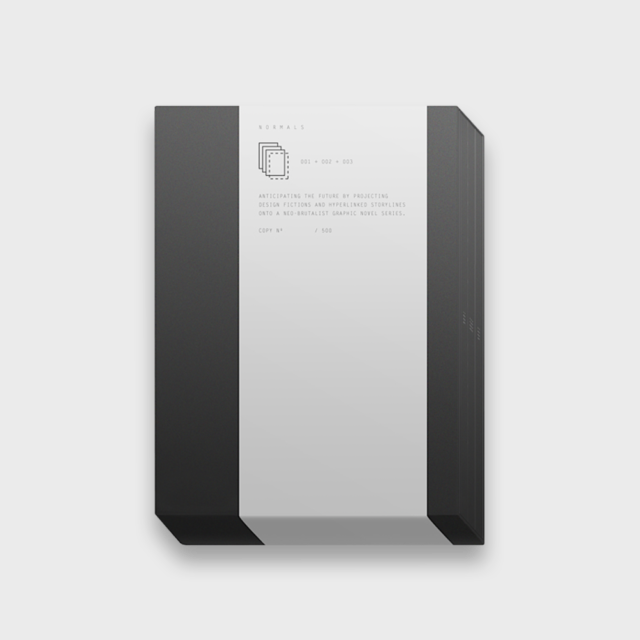Product
HOLO 1
New Perspectives: A Survey of Perceptual Paradigms
Searching for agency in the post-Snowden era of mass surveillance and powerful computer vision systems, a cast of key interdisciplinary voices analzye eroding privacy, the proliferation of computational aesthetics, and our increasingly augmented realities. Also: artist encounters, a digital art history lesson, and tales from the dawn of computer graphics
$75 USDThis content is for members only.
Encounters
Philip Beesley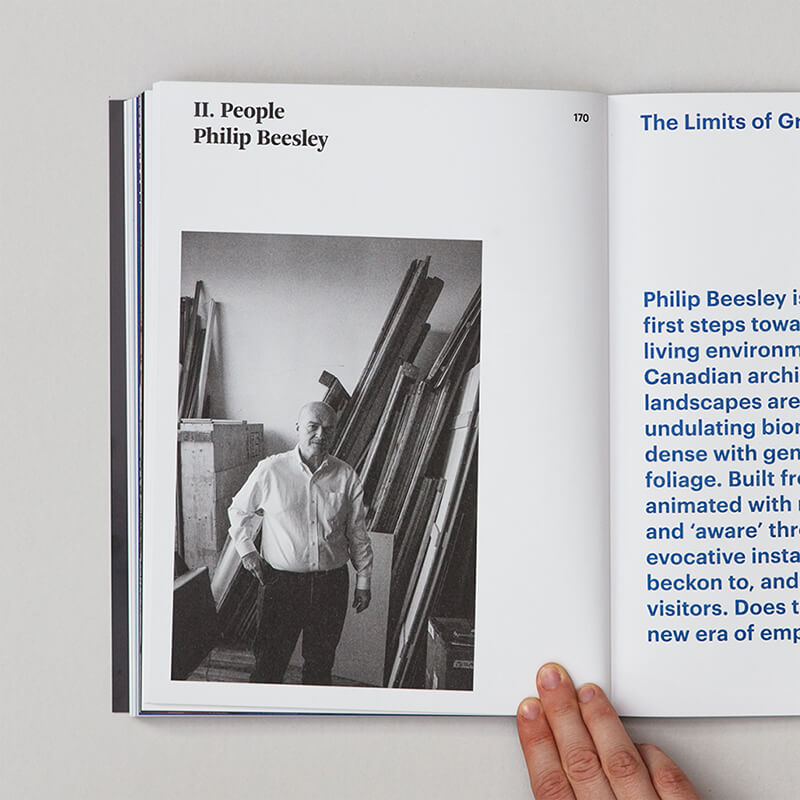 Philip Beesley is a Canadian architect and researcher exploring near-living systems through large-scale sculptures and installations. His interactive 3D-printed forests, for example, have been mounted internationally at venues such as the Venice Biennale, Futurium Berlin, MMCA Seoul, and Ars Electronica.
Philip Beesley is a Canadian architect and researcher exploring near-living systems through large-scale sculptures and installations. His interactive 3D-printed forests, for example, have been mounted internationally at venues such as the Venice Biennale, Futurium Berlin, MMCA Seoul, and Ars Electronica.
“The Limits of Growth” (p.170-181) → Tim Maly visits Beesley’s Toronto studio to learn more about systems at the edge of artificial life
DAM Gallery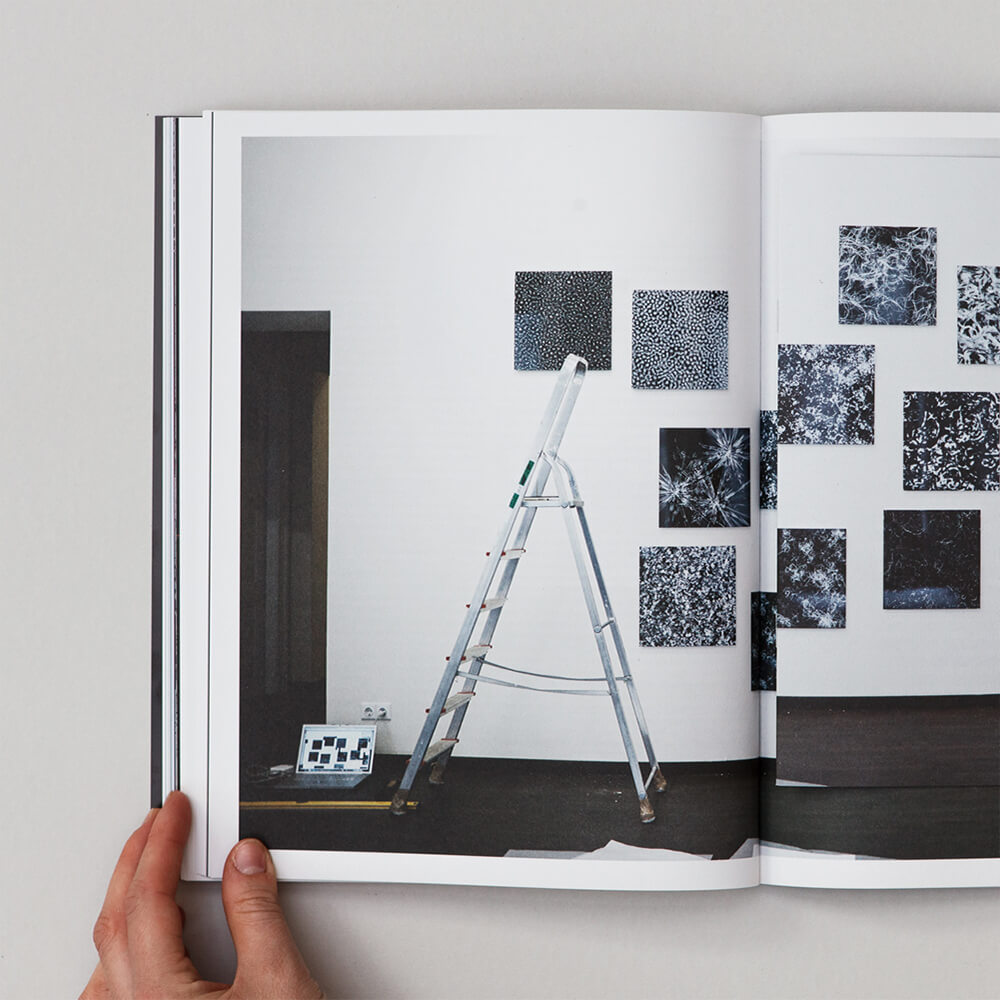 Wolf Lieser’s DAM Gallery in Berlin (now DAM Projects) has been a beacon of digital art for over 20 years. Representing a peerless artist roster that includes Vera Molnar, Manfred Mohr, Casey Reas, Mario Klingemann, and Lorna Mills, Lieser has built a reputation for championing early pioneers and tomorrow’s stars.
Wolf Lieser’s DAM Gallery in Berlin (now DAM Projects) has been a beacon of digital art for over 20 years. Representing a peerless artist roster that includes Vera Molnar, Manfred Mohr, Casey Reas, Mario Klingemann, and Lorna Mills, Lieser has built a reputation for championing early pioneers and tomorrow’s stars.
“Welcome to the Club” (p.196-205) → In the wake of its 10th anniversary, HOLO’s Alexander Scholz visits DAM to ask Lieser about representing digital artists when almost no one else would
Derivative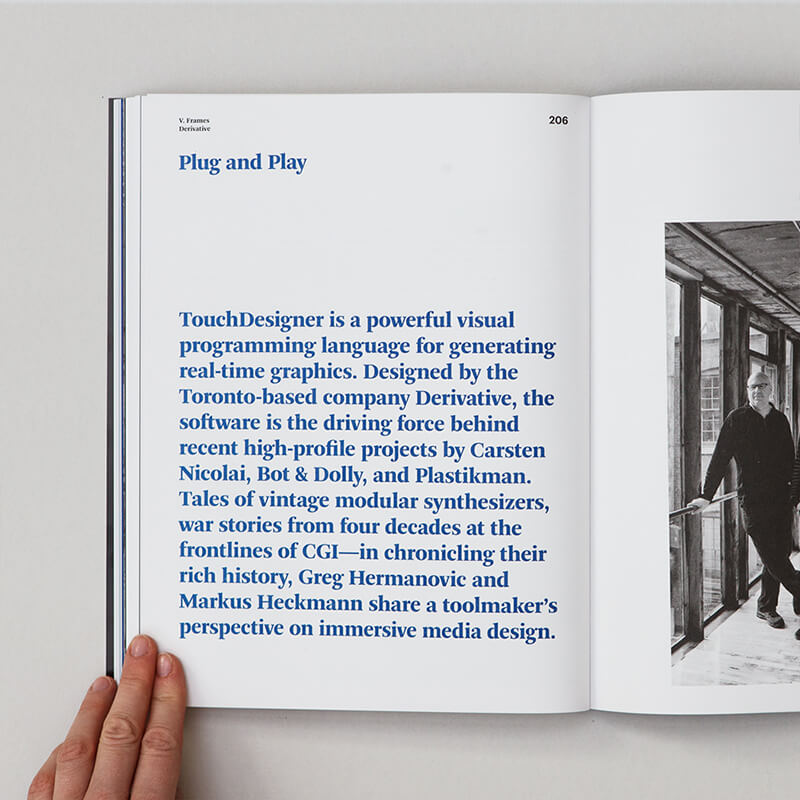 Co-founded in 2000 by Oscar-winning special effects programmer Greg Hermanovic, Derivative is the Toronto-based studio behind the powerful visual programming language TouchDesigner. With a massive global user base of creators working across installation, projection, and audiovisual performance, the software is a singular force in the creative industry.
Co-founded in 2000 by Oscar-winning special effects programmer Greg Hermanovic, Derivative is the Toronto-based studio behind the powerful visual programming language TouchDesigner. With a massive global user base of creators working across installation, projection, and audiovisual performance, the software is a singular force in the creative industry.
“Plug and Play” (p.206-216) → HOLO’s Greg J. Smith traces TouchDesigner’s long and winding history all the way back to the dawn of computer graphics
Eno Henze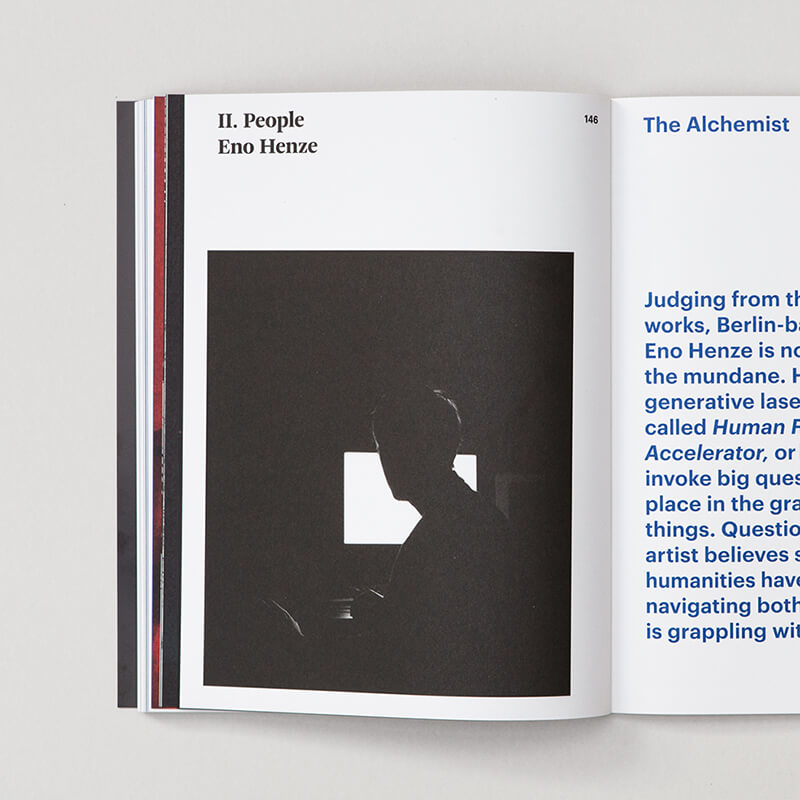 Eno Henze is a German artist and stage designer, whose computer drawings, installations, and scenography explore eternal truths through emergent, generative aesthetics. Henze has shown work at the Max Planck Institute Cologne, NODE Forum in Frankfurt, London’s Royal Opera House, and the Dutch National Ballet in Amsterdam.
Eno Henze is a German artist and stage designer, whose computer drawings, installations, and scenography explore eternal truths through emergent, generative aesthetics. Henze has shown work at the Max Planck Institute Cologne, NODE Forum in Frankfurt, London’s Royal Opera House, and the Dutch National Ballet in Amsterdam.
“The Alchemist” (p.146-159) → HOLO’s Alexander Scholz visits Henze’s studio to talk generative systems and fully owning the artistic production process
Raquel Meyers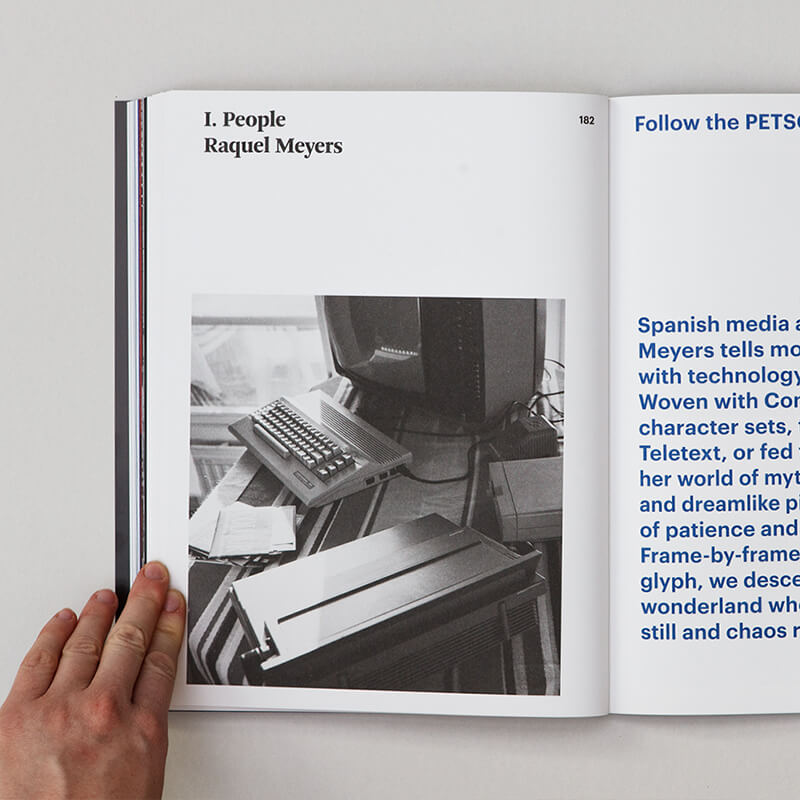 Raquel Meyers crafts brutalist fairy tales with obsolete technologies including the Commodore 64, teletext, and typewriters. A visual artist originally from Spain, Meyer’s eccentric character-based imagery and animations have been featured internationally at Ars Electronica, File Festival, Transmediale, and others.
Raquel Meyers crafts brutalist fairy tales with obsolete technologies including the Commodore 64, teletext, and typewriters. A visual artist originally from Spain, Meyer’s eccentric character-based imagery and animations have been featured internationally at Ars Electronica, File Festival, Transmediale, and others.
“Follow the PETSCII Rabbit” (p.182-194) → Kristin Trethewey meets Meyers at Berlin’s Transmediale festival to learn more about lofi aesthetics and textmode labour
David OReilly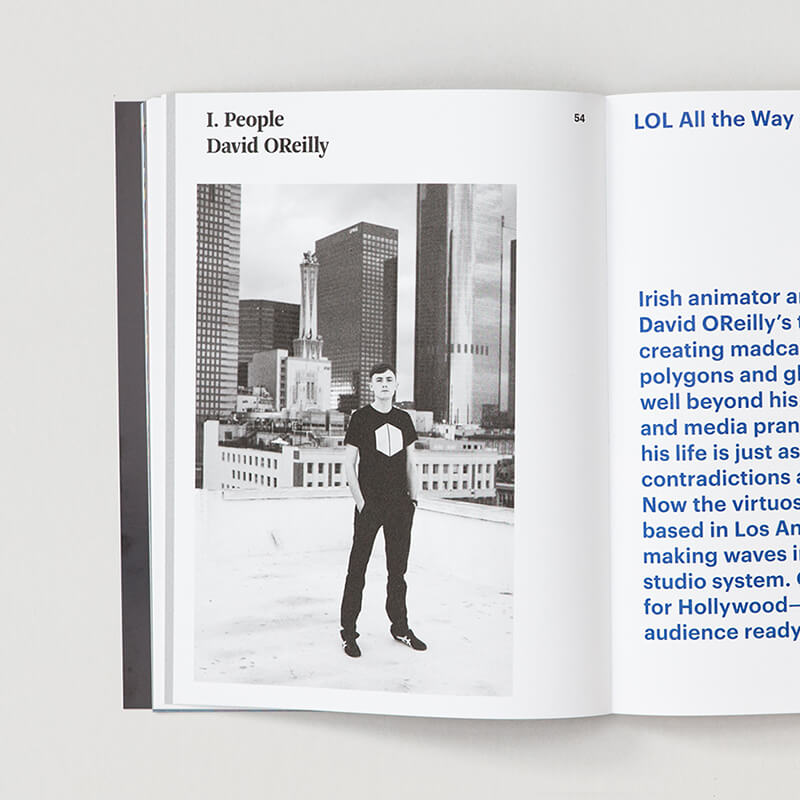 David OReilly is a Los Angeles-based Irish animator and filmmaker, who burst onto the scene with several weird and wonderful self-directed films in the late 2000s. Since then, OReilly has blossomed into a singular CGI artist, authoring not only films but the wildly provocative videogames Mountain (2014) and Everything (2017).
David OReilly is a Los Angeles-based Irish animator and filmmaker, who burst onto the scene with several weird and wonderful self-directed films in the late 2000s. Since then, OReilly has blossomed into a singular CGI artist, authoring not only films but the wildly provocative videogames Mountain (2014) and Everything (2017).
“LOL All the Way to the Bank” (p.054-067) → Daniel West meets OReilly to talk Hollywood and CGI capitalism before and after he guest-directed an Adventure Time episode
Chris O’Shea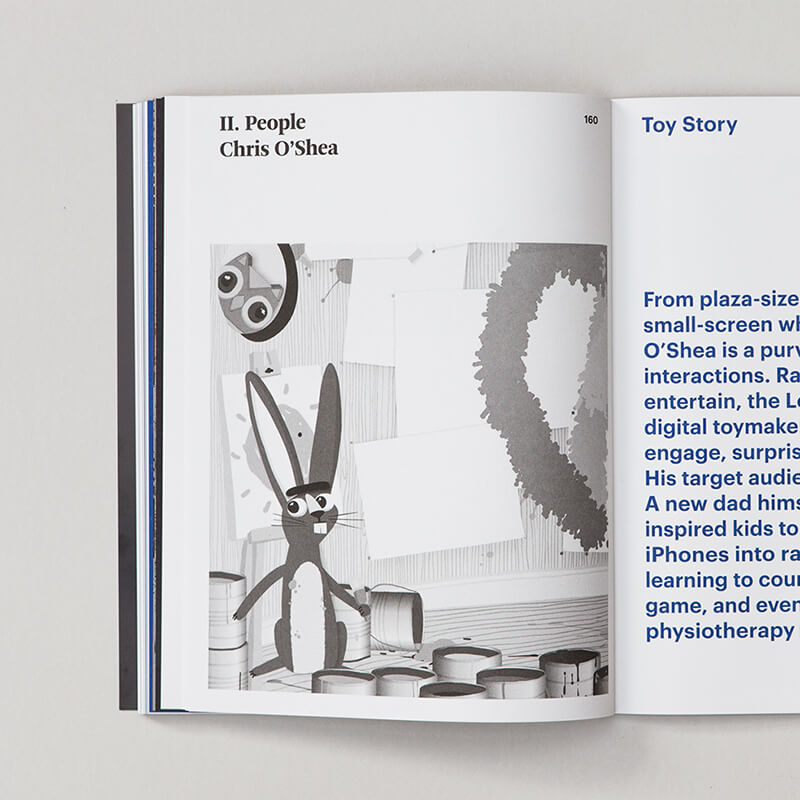 Chris O’Shea is a London-based artist and designer known for a series of large-scale interactive installations he created in the 2000s. In 2012, he launched Cowly Owl, a studio creating apps “to bring families together.” Among its biggest hits are iOS titles like Little Digits, Monster Mingle, and Sizzle & Stew.
Chris O’Shea is a London-based artist and designer known for a series of large-scale interactive installations he created in the 2000s. In 2012, he launched Cowly Owl, a studio creating apps “to bring families together.” Among its biggest hits are iOS titles like Little Digits, Monster Mingle, and Sizzle & Stew.
“Toy Story” (p.160-169) → Will Wiles talks to O’Shea about tech and kids in the wake of his latest installation at the Royal London Children’s Hospital
Jer Thorp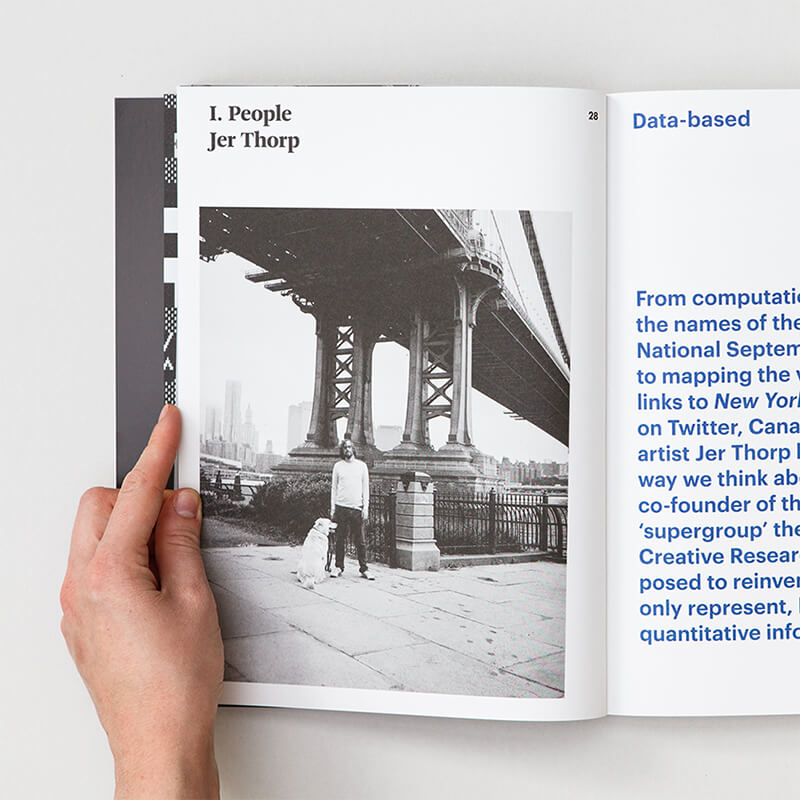 Jer Thorp, a Canadian-born New Yorker, is one of the most idiosyncratic talents to emerge from the data visualization milieu. Over the last decade Thorp has held R&D and archival residencies at institutions including the National Geographic Society, The Library of Congress, and the New York Times.
Jer Thorp, a Canadian-born New Yorker, is one of the most idiosyncratic talents to emerge from the data visualization milieu. Over the last decade Thorp has held R&D and archival residencies at institutions including the National Geographic Society, The Library of Congress, and the New York Times.
“Data-based” (p.028-041) → HOLO’s Greg J. Smith meets Thorp in New York to discuss information aesthetics as his residency at the New York Times winds down
Semiconductor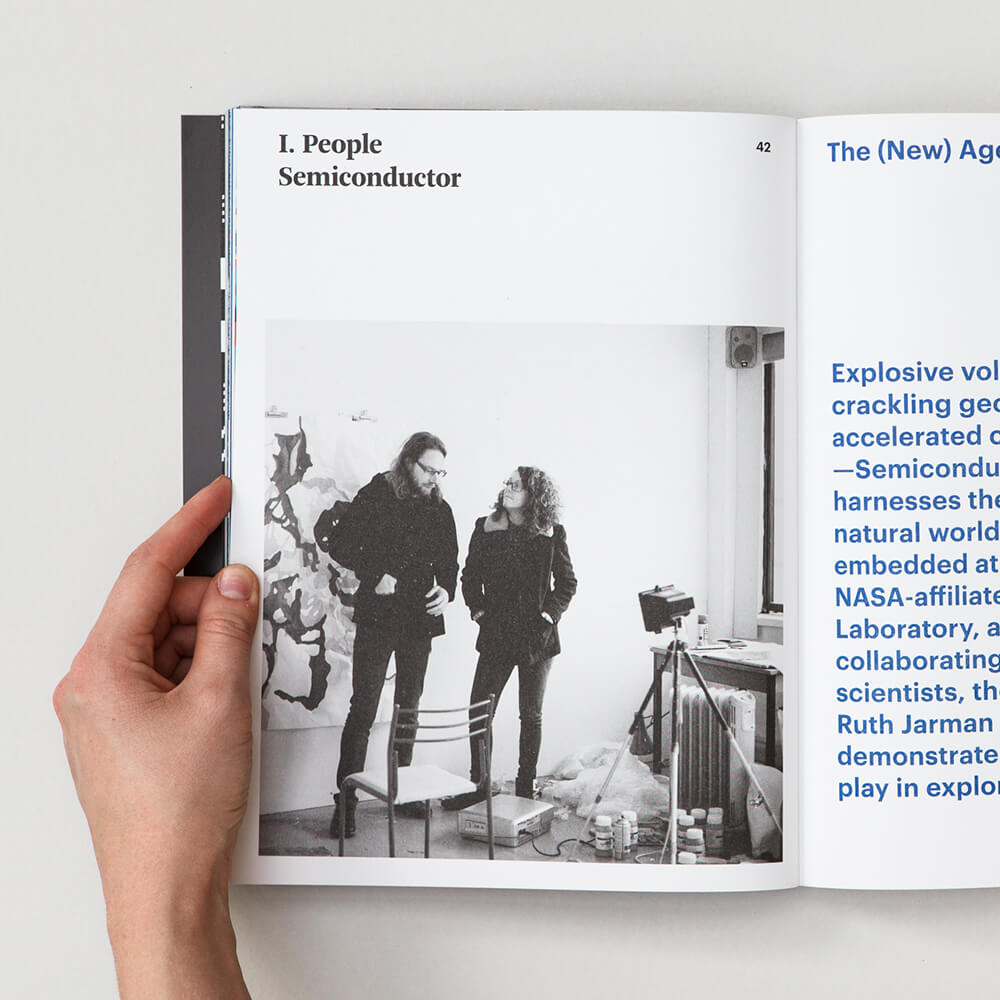 British artist duo Ruth Jarman and Joe Gerhardt explore the material nature of the world through the lenses of science and technology. Often collaborating with leading experts, many of their films and installations have been forged at major institutions including CERN, NASA Space Sciences Laboratory, and Charles Darwin Research Station.
British artist duo Ruth Jarman and Joe Gerhardt explore the material nature of the world through the lenses of science and technology. Often collaborating with leading experts, many of their films and installations have been forged at major institutions including CERN, NASA Space Sciences Laboratory, and Charles Darwin Research Station.
“The (New) Age of Discovery” (p.042-053) → Daniel West visits Gerhardt and Jarman’s Brighton studio to explore the grey zones between art and science
Zimoun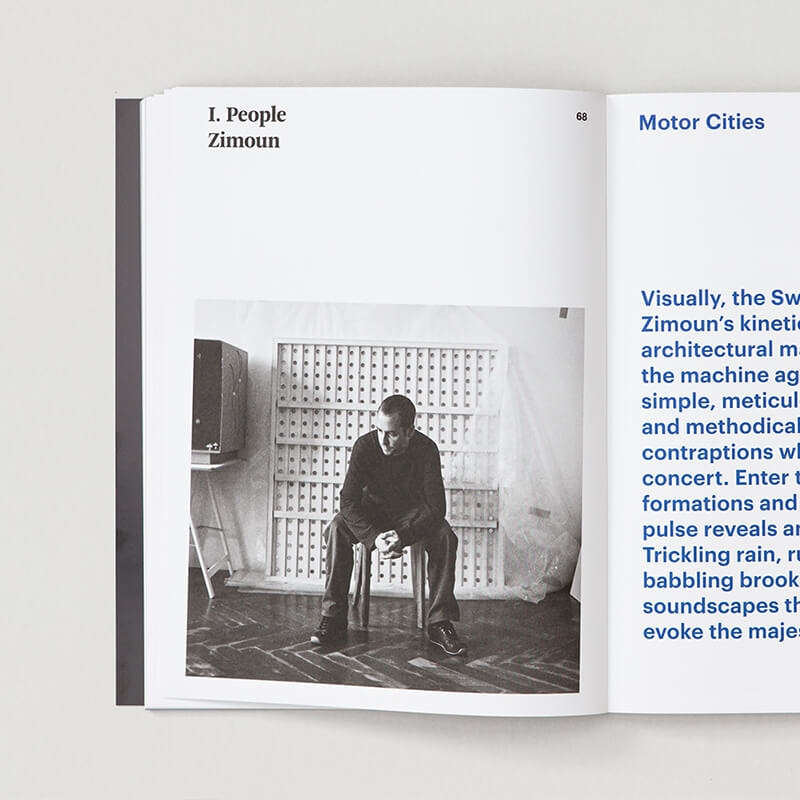 Zimoun is a Swiss sound and installation artist whose motorized assemblies of everyday materials (cardboard, ping pong balls) generate rich organic soundscapes. Since his rise to prominence in the late 2000s, Zimoun’s kinetic architectures have mesmerized global audiences at Ars Electronica, Museum Haus Konstruktiv, the Nam June Paik Museum, and elsewhere.
Zimoun is a Swiss sound and installation artist whose motorized assemblies of everyday materials (cardboard, ping pong balls) generate rich organic soundscapes. Since his rise to prominence in the late 2000s, Zimoun’s kinetic architectures have mesmerized global audiences at Ars Electronica, Museum Haus Konstruktiv, the Nam June Paik Museum, and elsewhere.
“Motor Cities” (p.068-081) → HOLO’s Alexander Scholz visits Zimoun’s assembly line in Bern to talk sound, material, and his love of DC motors
Contributors
Greg Borenstein
James Bridle
Golan Levin
Tim Maly
Luna Maurer (Moniker)
N O R M A L S
Paul Prudence
Dylan Schenker
Kristin Trethewey
Daniel West
Mitchell Whitelaw
Will Wiles
and more
“How are emerging technologies changing the way we see the world? As optimists, we’d point to imaginative artist practices and perceptual hacks. As pessimists, we’d call attention to (often invisible) systems of control. As realists, we split the difference.”
Included: DAM Gallery
Retrospective Booklet
In a special 20-page retrospective booklet, DAM Gallery’s Wolf Lieser reminisces about ten works that shaped the gallery’s first decade—from a 1967 plotter drawing by Frieder Nake to a hand drawn QR code portrait created by Aram Bartholl in 2012.
Specs
Release: April 2014
Dimensions: 220 x 290 mm
Pages: 226
Included: 20 page DAM Gallery retrospective booklet, gate-fold timeline
HOLO 1 is printed in and shipped from Berlin (DE)
ISSN 2292-0919
Production
Team HOLO: Alexander Scholz, Filip Visnjic, Greg J. Smith, Sherry Kennedy
Art Direction & Design:
zmyk, Oliver Griep & Jan Spading
Supplementary Editorial:
Alexander Scholz, Greg J. Smith
Copy Editor:
Heather Cromarty, Andrew Wilmot
This content is for members only.
AI art and biohacks, CGI fever dreams, software that speaks truth to power—join us and receive full access to HOLO’s daily discoveries in critical creative practice.
$40 / $75 / $350
The AI Anarchies Book sheds light on the debate surrounding AI and ethics from an artistic and scholarly perspective, exploring new approaches to the topic.
$35
Created by Berlin-based generative artist Marcel Schwittlick, RGB Triptych (2023) translates signals from HOLO’s news archive into glorious matrixes of vintage plotter code.
$100-250
Questioning our problematic faith in AI, Nora N. Khan and fifteen luminaries measure the gap between machine learning hypotheticals and the mess of lived experience.
$45
A poster-sized portal into the year when generative AI burst onto the scene, cryptocurrency and NFTs sent markets into a frenzy, and Silicon Valley billionaires rode rockets into orbit: the HOLO INDEX charts some of 2021’s most memorable moments in art, science, technology, and culture.
$15
An inquiry into the nature of randomness—how science explains it and how culture (and art) emerges from it
$55
Parsing emerging representational and perceptual paradigms in the wake of the Snowden revelations and nascent computer vision technologies
$75
An illustrated field guide on plastiglomerates, robot dogs, antenna trees and other hybrid creatures (and objects) of our time
$35
The first three instalments of ‘anticipatory’ designers N O R M A L S eponymous graphic novel series delineate a dark and unsettling world of hyper-mediated futures.
$65
